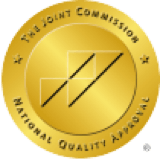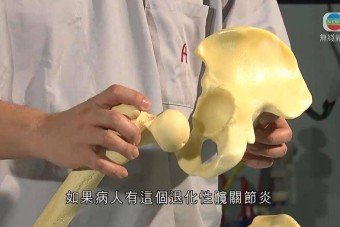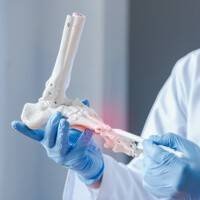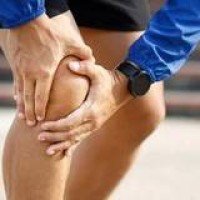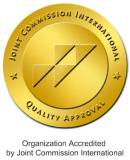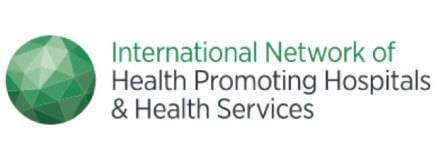The hip joint is one of the most important weight-bearing joints in the human body. It not only supports the entire body weight but also serves as a crucial hub for lower limb movement. Healthy hip joints are essential for everyday activities, such as walking, exercising, and even simple tasks like putting on shoes and socks.
With an aging population, hip joint disorders have become common orthopedic issues affecting many people. The two main types are osteoarthritis and avascular necrosis (commonly known as "bone death"). Osteoarthritis leads to the gradual wear of cartilage on the femoral head, resulting in direct bone friction and the formation of bone spurs around the joint, causing pain and mobility issues. Avascular necrosis occurs when blood supply to the femoral head is disrupted, leading to bone tissue death and eventual collapse of the femoral head, which can severely affect the entire acetabulum structure.
Traditionally, hip replacement surgery relied heavily on the surgeon's experience. However, recent advancements in medical technology have introduced robotic-assisted surgical systems in Hong Kong. This approach utilizes preoperative 3D imaging for precise planning and robotic assistance during surgery for accurate positioning. Clinical data indicate that this new technique enhances surgical accuracy from 80% to 98%, reduces the risk of joint dislocation by 4 times, and reduce the degree of leg length discrepancy by26% , and shortens postoperative recovery time.
There have also been significant improvements in wound management. The innovative "zipper" closure technique employs a non-invasive suturing method that reduces foreign material retention, lowers infection risks, and results in more aesthetically pleasing scars.
Doctors emphasize the importance of seeking medical attention early when experiencing persistent hip pain, difficulty walking, or significant limitations in daily activities. Early diagnosis and timely treatment can effectively prevent further joint deterioration, allowing patients to regain a better quality of life.

